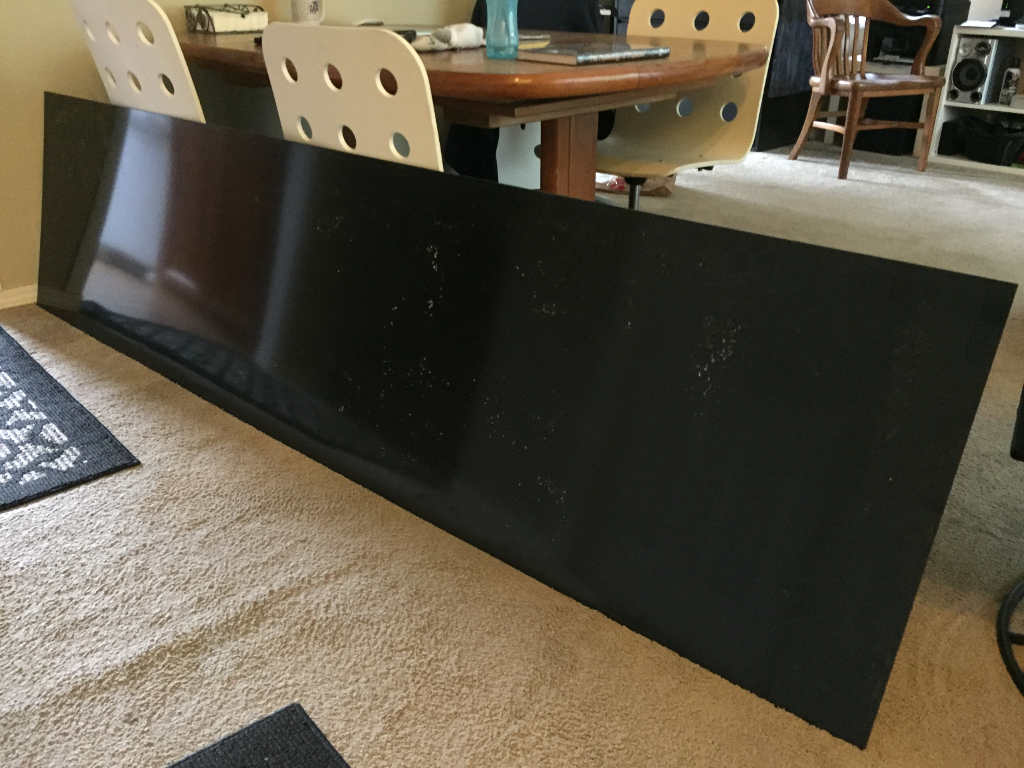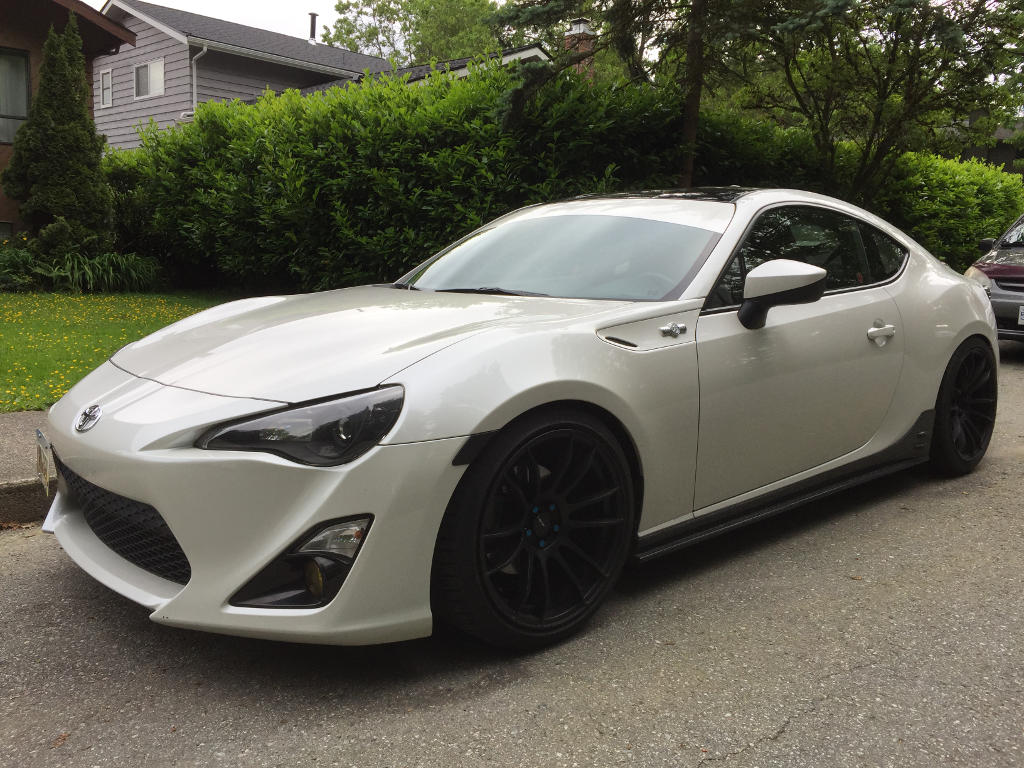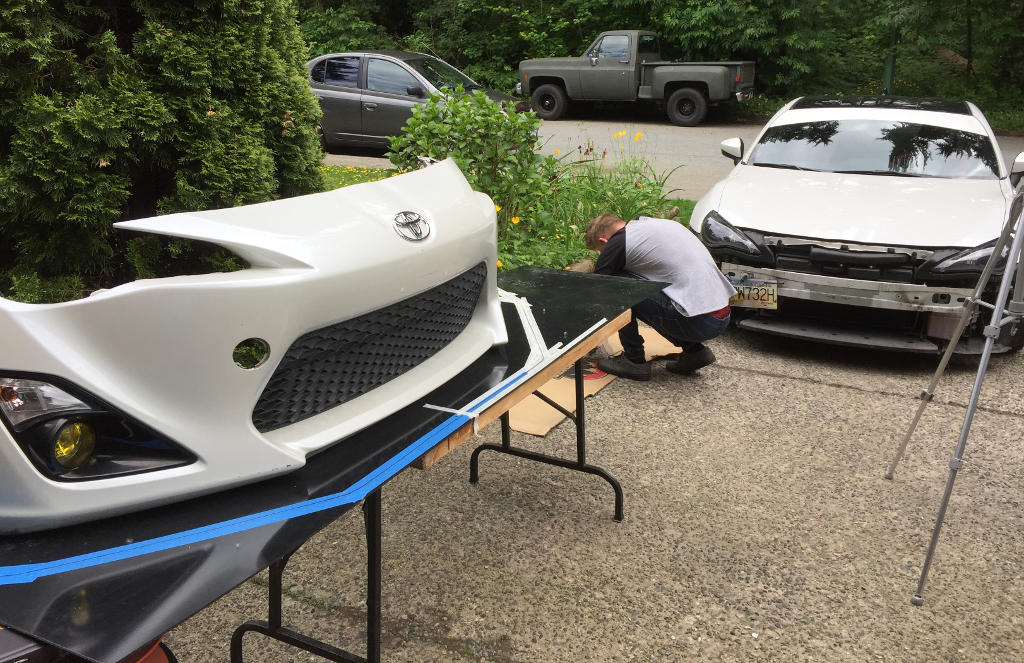This past Saturday morning when I walked into our living room I couldn’t help noticing the large sheet of black ABS plastic that Caleb, my 19-year-old son, had acquired for his latest project.
Ever since Caleb was a toddler he has enjoyed creating things that would change and enhance his world. For the most part, he was just like every other young kid who loved playing with Lego and other toys but Caleb and his older brother Levi would migrate away from typical play and look for ways to improve their toys and their environment. Both my boys would use Lego and Kinex and other constructables (what I like to call toys that you can build things with) to make things that they could use for other purposes. Their desires quickly moved beyond using Lego and Kinex to using authentic resources to change their environment. For example, when my older son Levi was three he wanted to be able to pull his wagon with his bike and rather than just use a rope he wanted my help to rig up a hitch system which we created and he used and then passed onto his younger brother. Caleb was equally industrious and I have so many fond memories of heading down to the hardware store to gather the items my boys needed for their latest projects.
So when I saw the big piece of plastic I reminisced about Caleb’s passion for making things. I also thought about how my wife and I carefully nurtured and helped him and his brother develop their interests and created the environment in which they could fully develop their creative abilities and learn how to learn. If there was just one thing that I can point to that really made the difference it would have to be the use of authentic projects. While we didn’t deny our boys models, Lego, Knex and other constructables we also encouraged them to explore working on authentic projects. My boys were always working on something that was real and that would make an authentic difference in their world.
The bike hitch, bike ramps, countless other smaller projects, and the major fort project were just the starting point for exposing my boys to authentic learning. When I purchased and renovated a rental property the boys who were just 8 and 10 worked alongside me at every stage from cleaning up the junk in the yard to demolishing the basement rooms, to building new rooms and doing all the work that was necessary to bring the house into a state where it could be rented and then sold. Later that spring when the boys were still just 8 and 10 they planned out all the details of our month-long summer bike trip which included everything from getting the maps from the AMA, planning the route, to identifying what we could do along the trip to, where we would stay, and what we could do when we got to the interior of British Columbia. They put together a detailed binder that had all the information we would need. That first major biking holiday is still one of the most talked about trips that my boys will reminisce about. As professional DownHill Mountain bike racers and extreme athletes Levi and Caleb travel continuously so this early experience has served them well. The have spent the majority of their short lives working on authentic projects that not only enhance their lives but lives around them.
Authentic projects work because they not only give the learner choice and ownership over the world that they live in but they also give the learner the ability to find and use their voice and show the world what they have created. Caleb’s projects are getting very sophisticated and while the air splitter he created for his high-end sports car is not a project you would ask a novice to undertake Caleb is able to create a professional quality enhancement and add significant value to his car because he has lived a life filled with authentic projects.
The cognitive and analytic processes of prediction, modeling, experimentation, diagnosis, and problem-solving that Caleb experiences through his countless authentic projects has also contributed to his desire to take on in bigger and bigger challenges. I enjoy helping Caleb with his projects because his passion for learning and creation are contagious.
In our typical education rhetoric we talk about engagement, individualized instruction, and life-long learning but the reality of standardized testing or, if our learners are lucky, the occasional analysis of case-based studies offers our learners very little motivation for learning in the present, so how can we expect them to be excited about learning in the future. We can change this. But that means we have to give back control of the learning to the learner. We need to allow our learners to choose and work on authentic projects that will inspire their intrinsic passions for learning and help them grow their learner’s mindset. When we do this for our learners the possibilities of what they will be able to do are virtually limitless.
Additional thoughts on Authentic Learning:
- In Pursuit of the Better Way: The Learners Mindset
- Why Good Ideas Too Often Go Bad
- Mapping Your Learner’s Journey
- Ed Tech Projects Fail When the Focus is Technology rather than Learning
- Difference Between “Doing Projects” and “Project-Based Learning”
- Learning by playing, tinkering and making (The Learner’s Way blog of Nigel Coutts)


































